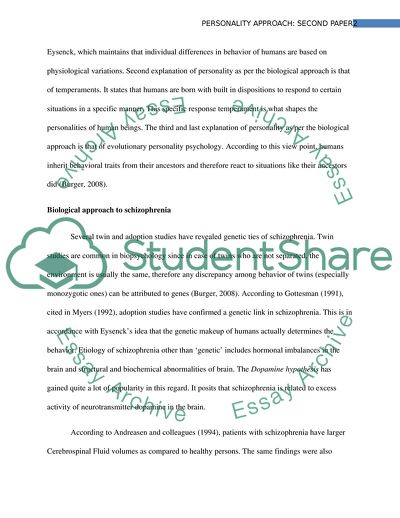Schizophrenia with Distortion of Thought: Disorganized Thinking and Research Paper - 1. https://studentshare.org/medical-science/1750091-the-biological-approach-to-schizophrenia
Schizophrenia With Distortion of Thought: Disorganized Thinking and Research Paper - 1. https://studentshare.org/medical-science/1750091-the-biological-approach-to-schizophrenia.


